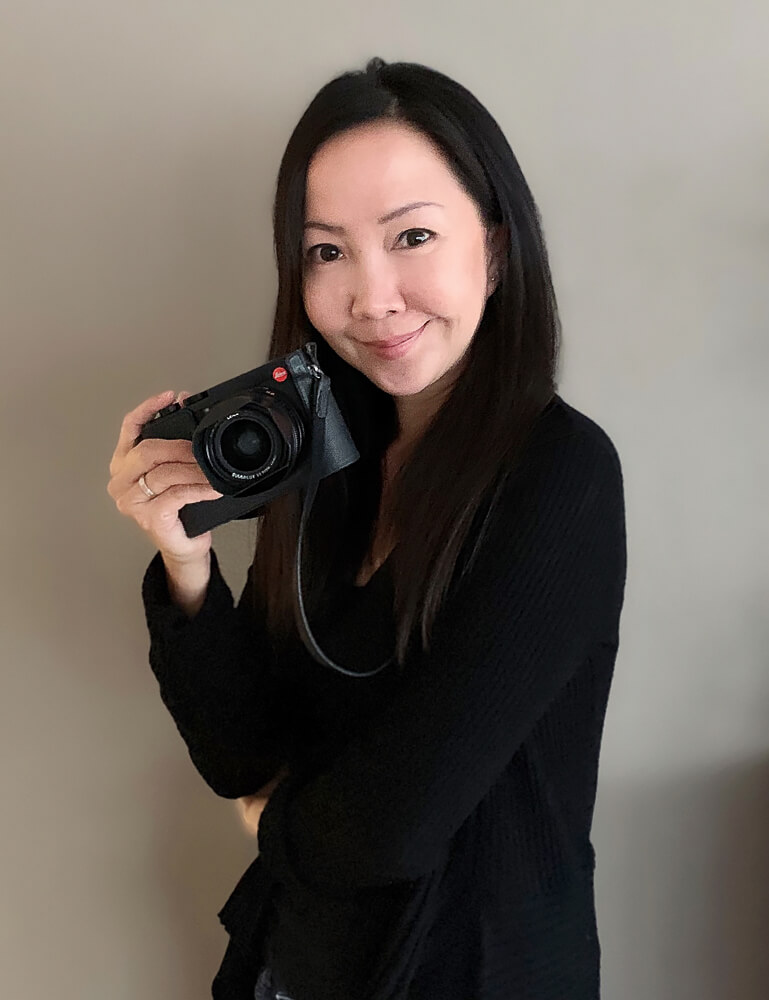Callie is a Switzerland-based Malaysian. Her travels ignited her love for photography, and what started as a hobby has now become an integral part of her life.
Callie’s works mostly refer to life “In the moment”. Emphasizes the honesty and authenticity of people through her unique perspective and optimistic outlook on life. She aspires to convey the beauty she sees in the world and share it with others through her photography.
For Callie, photography is not just about creating memories but also about connecting and communicating with others.
Callie's work has received recognition through exhibitions, awards, and publications in international magazines and books.
The Door to a Brighter Future
My time at Sambhali (NGO) has taught me a lot and opened my eyes to the inequalities in this world. In this male-dominated country - India, most of these women have no social value and they are expected to be a housekeeper. Many women are still trapped in the veil - Ghoonghat, a symbol of identity is observed by Hindu women across castes, classes, and walks of life, in and outside Rajasthan, they have been worn for decades.
Sambhali Trust, whose focus provides underprivileged Rajasthan women and kids with an education in English, Hindi, Math, and social skills, to support them in developing confidence and self-esteem and help them work towards financial independence.
The majority of the girls and women at the centers are from low castes and some have difficult backgrounds. These women are so hungry for knowledge and have to fight so hard to get it, most of the Sambhali women were so bright and naturally intelligent.
I’ve come away with a better understanding of real lives and society in India, as well as the freedom and responsibility that comes with it. These women live in a world where their every move is dictated by men, and to break that tradition by pursuing an education and skill.
You may look at this a simple sewing machine and education, but is the door opening up to these women and children to fulfill their dream to be able to change their life in the future.
Awarded Photographer of the Week - Week 41